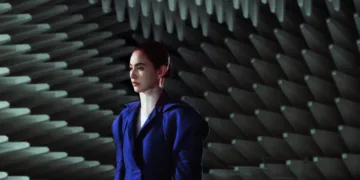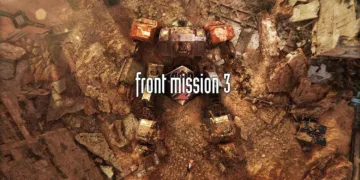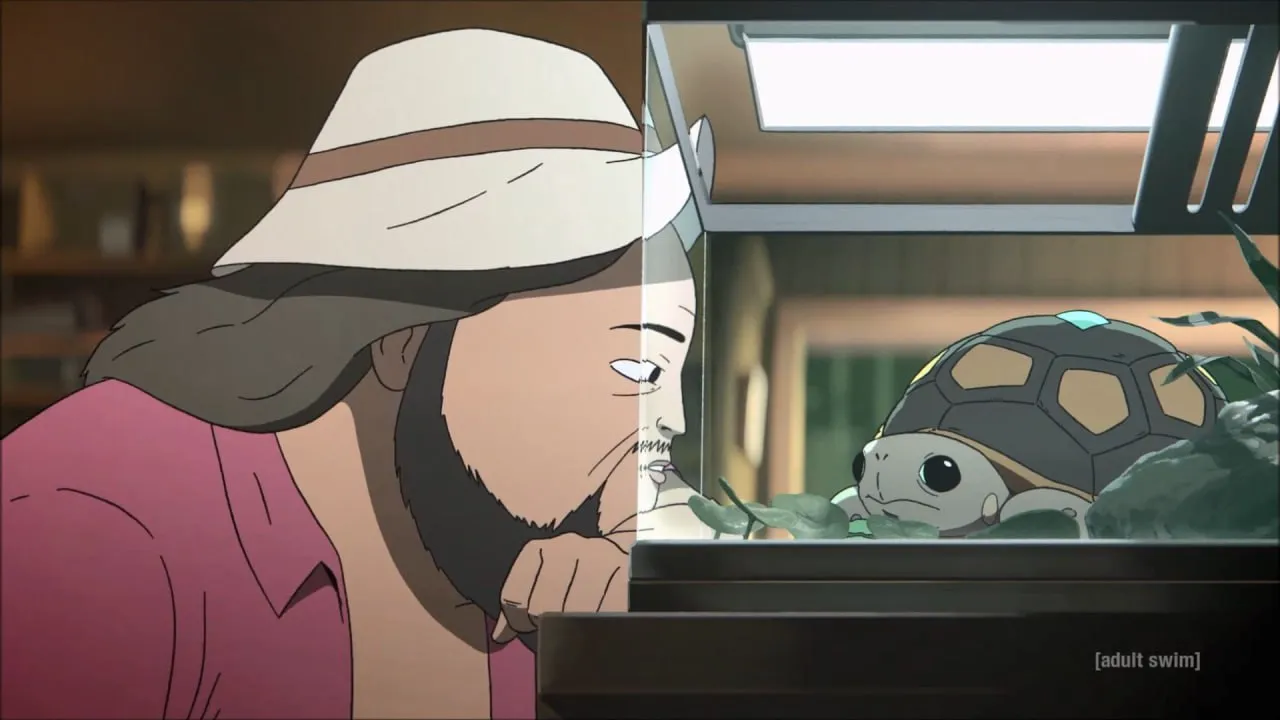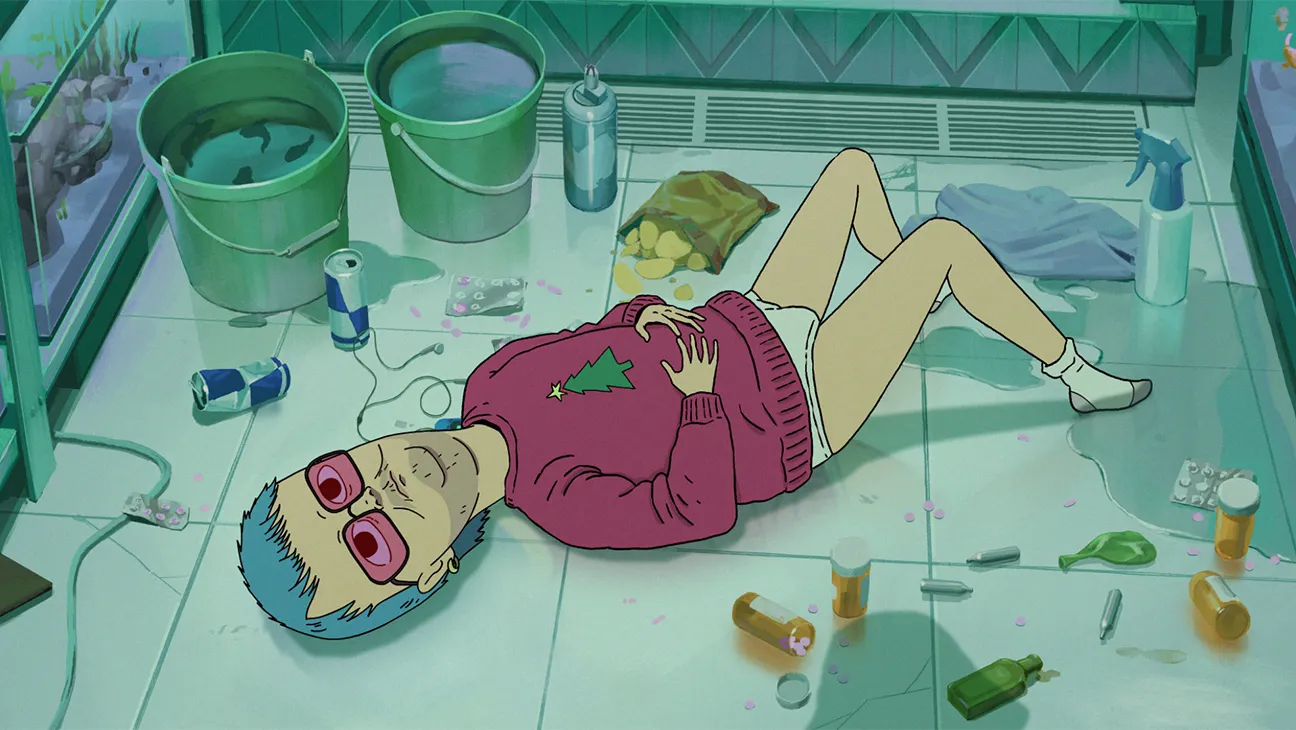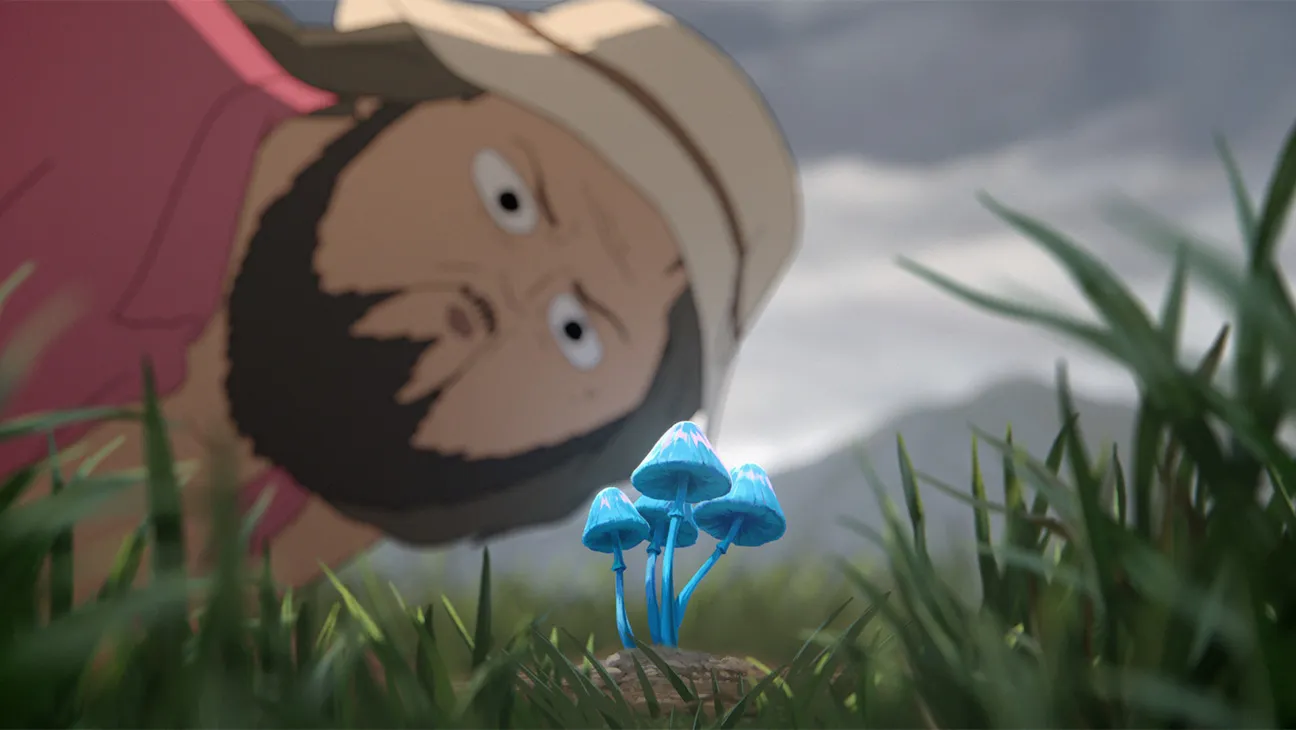In a world marked by widespread despair, “Common Side Effects” explores a dramatic tale of Marshall and Frances’s unexpected discovery of a mushroom with potential healing properties. This pivotal moment sets them on a challenging path against powerful medical corporations, revealing deeper conflicts about human survival and ethical boundaries.
The story exposes critical tensions between individual hope and systemic barriers. Medical corporations emerge as complex entities driven by hidden agendas, presenting a stark examination of healthcare’s underlying power structures. Characters wrestle with moral dilemmas, their choices reflecting broader societal pressures and the complex trade-offs between personal survival and institutional control.
Their journey illuminates the tensions between scientific potential and corporate interests, presenting a nuanced exploration of human resilience against seemingly insurmountable obstacles. The narrative probes fundamental questions about healing, survival, and the human capacity to challenge entrenched systems that prioritize profit over well-being.
Through Marshall and Frances’s experiences, the story unveils the intricate web of relationships between individual agency, medical innovation, and corporate power, creating a compelling critique of contemporary healthcare dynamics.
Breaching the Veils of Trust: An Exploration of Character Depth in “Common Side Effects”
Characters in “Common Side Effects” transcend mere narrative tools, embodying complex psychological landscapes. Marshall emerges as an unexpected protagonist, his unassuming nature becoming a critical lens through which the story explores human resilience. His gradual transformation reveals the fragile line between trust and survival, challenging viewers to contemplate personal integrity under extreme pressures.
Frances acts as a critical counterpoint, her presence complicating the narrative’s emotional terrain. Their relationship exposes unspoken dynamics, creating a nuanced exploration of connection amid systemic challenges. Their interactions dissect human relationships under strain, revealing intricate psychological undercurrents.
Rick Kruger represents corporate dysfunction with sardonic precision. His character blends buffoonery with menace, creating a provocative critique of institutional corruption. This portrayal disrupts traditional narrative expectations, compelling audiences to confront uncomfortable truths about power structures.
The DEA agents introduce strategic narrative tension, their interactions blending dark comedy with serious investigation. Their scenes interrogate institutional effectiveness, presenting a critical examination of bureaucratic mechanisms through sharp, satirical dialogue.
The Surreal Palette: Animation and Visual Aesthetics in “Common Side Effects”
“Common Side Effects” transforms storytelling into an immersive experience, a psychedelic exploration splashed with colors that throb with the pulse of a disrupted consciousness. Inspired by surrealism, the visual elements unfold like an anxiety-distorted daydream, where fluid shapes and exaggerated forms dominate.
Each frame vibrates with independent energy, stirring wonder while simultaneously evoking unease. This approach diverges from Adult Swim’s traditional styles, guiding viewers through a realm where perception fragments.
The episodes explore moments where visual expression amplifies storytelling—characters drift through hallucinatory terrains, confronting internal struggles and external challenges. Such sequences translate the indescribable into tangible experiences, allowing audiences to traverse mental landscapes and encounter hidden fears.
The artistic expression occasionally risks overwhelming narrative depth. Certain scenes prioritize visual spectacle over emotional connection, transforming surreal elements into hollow displays.
These moments raise questions about the relationship between aesthetic brilliance and storytelling substance. “Common Side Effects” walks a razor’s edge between captivation and disorientation, creating an experience that challenges viewers’ perceptual boundaries.
The Tension of Laughter: Navigating Humor and Tone in “Common Side Effects”
In the landscape of “Common Side Effects,” humor functions as a sharp instrument—a blend of levity and weight that exposes the hidden complexities of human experience.
Dark comedy emerges as a channel for social insight, weaving through the narrative’s core with unexpected intensity. It challenges viewers to recognize uncomfortable realities lurking beneath capitalism’s surface and human vulnerability.
The show navigates a precarious path between the strange and somber, occasionally revealing moments of dissonance. Some episodes masterfully integrate comedy, using laughter to highlight deeper ethical questions while maintaining emotional depth. Other segments risk sliding into excessive absurdity that might distance the audience.
This unpredictable dynamic raises critical questions: How does humor interact with character struggles? Can laughter provide genuine connection or merely trivialize profound human experiences? Each reaction—a chuckle or grimace—reveals the intricate space where comedy and tragedy intersect, inviting viewers to recognize the messy complexity of human existence.
The Tides of Tension: Plot Structure and Pacing in “Common Side Effects”
“Common Side Effects” weaves a narrative that ebbs and flows like shifting tides, creating a complex tapestry of human experience. The story tracks Marshall and Frances through challenging terrain, exploring themes of corporate dynamics and personal conflicts. Each episode constructs intricate moments that reveal deeper psychological landscapes.
The storytelling oscillates between moments of intense dramatic pressure and subtle character revelations. Some sequences capture raw emotional complexity, while others drift, creating uneven narrative terrain. Viewers encounter a world where personal journeys intersect with broader systemic challenges.
Plot developments emerge as unexpected encounters, challenging viewers to reconsider established narrative expectations. Characters navigate uncertain paths, their motivations revealing intricate psychological maps that defy straightforward interpretation.
The narrative becomes a sophisticated exploration of human complexity, where each twist questions predetermined perceptions and invites deeper reflection on human experiences.
The Resonance of Voices: An Exploration of Voice Acting in “Common Side Effects”
In “Common Side Effects,” the voice acting serves as a compelling thread, breathing life into characters and revealing layers of emotional depth. Dave King portrays Marshall with a raw, authentic approach, capturing the essence of an ordinary person caught in extraordinary circumstances.
His performance transitions seamlessly between moments of quiet desperation and startling revelation, creating a deeply engaging character arc.
Emily Pendergast’s interpretation of Frances adds another dimension to the narrative, presenting a character with intricate emotional textures. Her nuanced delivery communicates both internal conflict and external resilience.
Mike Judge’s portrayal of Rick Kruger brings a distinctive energy to the supporting cast. His character oscillates between comedic elements and underlying menace, providing a complex counterpoint to the central performances. Judge crafts a character that embodies the absurdity and darkness inherent in institutional systems.
The collective vocal performances create a rich tapestry that explores human experiences through sound, inviting audiences to examine the intricate spaces between humor and profound emotional landscapes.
Echoes of Ambition: The Overall Impact of “Common Side Effects”
“Common Side Effects” emerges as a bold exploration of human frailty and institutional critique through animation. The series transforms the genre, using absurdity and existential questioning to examine modern life’s complexities. Animation becomes a powerful medium for revealing uncomfortable societal truths, where laughter and suffering intersect to provoke audience reflection.
The show’s potential impact on future programming remains uncertain. Its experimental approach challenges traditional narrative structures, creating a provocative dialogue about storytelling’s boundaries. The series probes the tension between dark humor and emotional depth, inviting viewers to engage with complex human experiences.
“Common Side Effects” creates a space for critical examination, pushing viewers to confront the nuanced realities hidden beneath surface-level interactions. Its creative approach suggests a new direction for animated storytelling, one that prioritizes emotional complexity and social commentary.
The Review
Common Side Effects Season 1
"Common Side Effects" offers a raw examination of pharmaceutical industry shadows through surreal animation and dark humor. The series weaves existential themes with sharp visual storytelling. Its character interactions reveal complex emotional landscapes, while social critiques emerge through unexpected narrative turns. The animation style disrupts traditional storytelling, creating moments of unsettling revelation. Graphic representations blur lines between medical reality and psychological experience, challenging viewer expectations. Tonal shifts between comedy and critique create an unpredictable viewing experience that keeps audiences engaged.
PROS
- Bold exploration of dark themes within the pharmaceutical industry.
- Unique and surreal animation style that enhances the narrative.
- Strong character development, particularly in the dynamics between Marshall and Frances.
CONS
- Tonal inconsistencies can disrupt narrative flow.
- Pacing issues may affect viewer engagement in certain episodes.
- Some comedic elements overshadow serious themes.




















